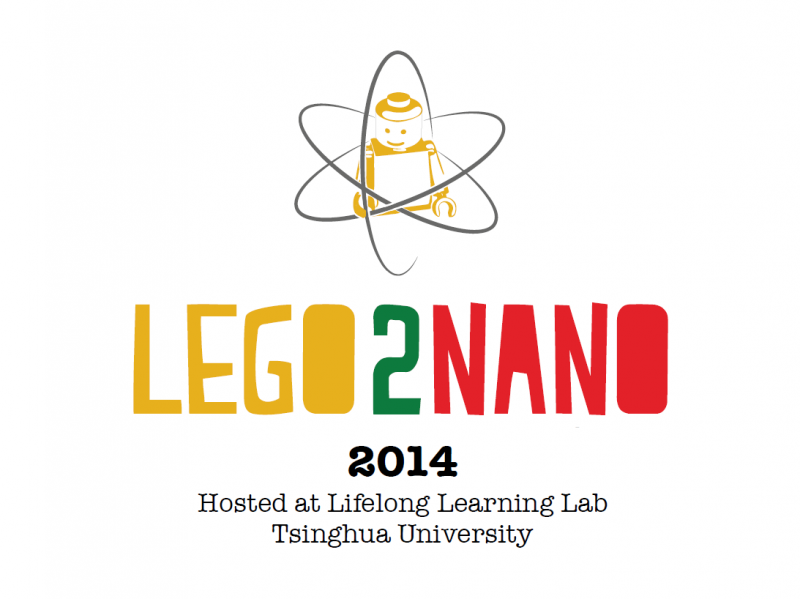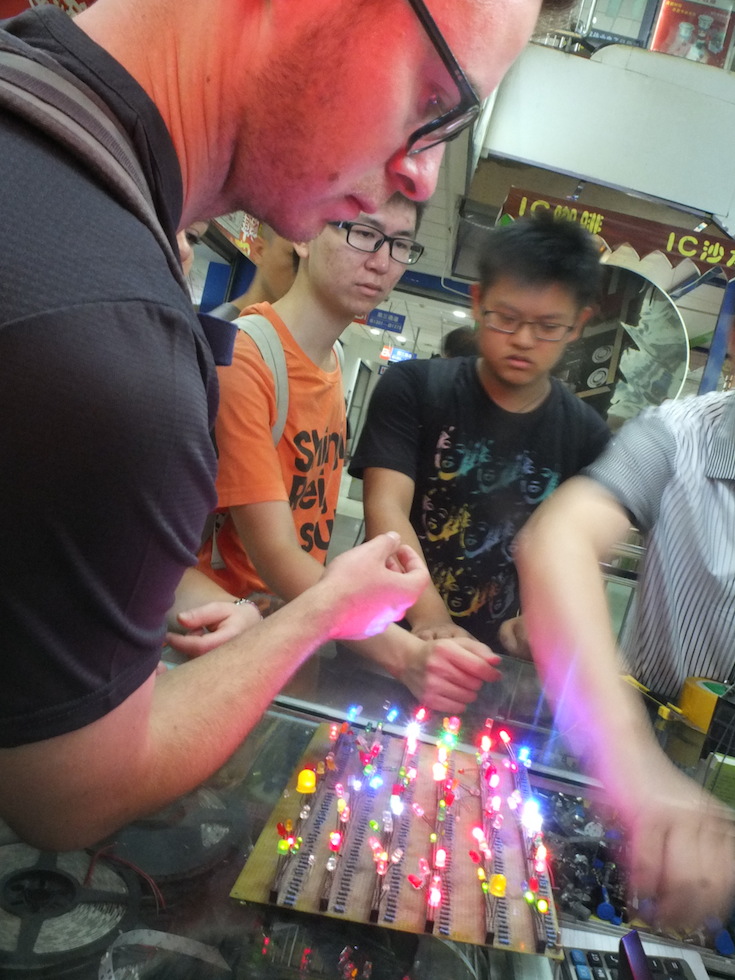LEGO2NANO Beijing, 2014
06 September 2014

This week in Beijing China, 12 Institute of Making members representing UCL, and 12 students from China's Peking and Tsinghua Universities collaborate to put their making, programming, problem solving, communication and business skills to the test.
The task is to build a working design for a low-cost Atomic Force Microscope (AFM) in one week using LEGO and hacked electronic equipment, that can be released open-source. This summer school develops the outcomes of last September’s exciting Citizen Science LEGO challenge, enabling high-school students to explore materials in miniature.
Visit our LEGO2NANO research project page to follow the project blog.
This year the participants focus on the development of four areas: hardware, software, crowdcrafting and crowdfunding. The aim is to achieve a working open source design for an AFM, that can be downloaded and built by high school students in China and the world over, enabling them to explore materials on a nano scale, and upload their findings to an online database. More data means more knowledge, and low-cost equipment like this, coupled with an open science and open source approach means that non-scientists like high school students can get involved in real science.
The activites take place at Tsinghua's innovative Lifelong Learning Lab, and the programme includes intensive making and ideas sessions, visits to schools, labs and maker spaces. We also host talks and demos from some exciting invited guests.
For live updates, follow #LEGO2NANO
